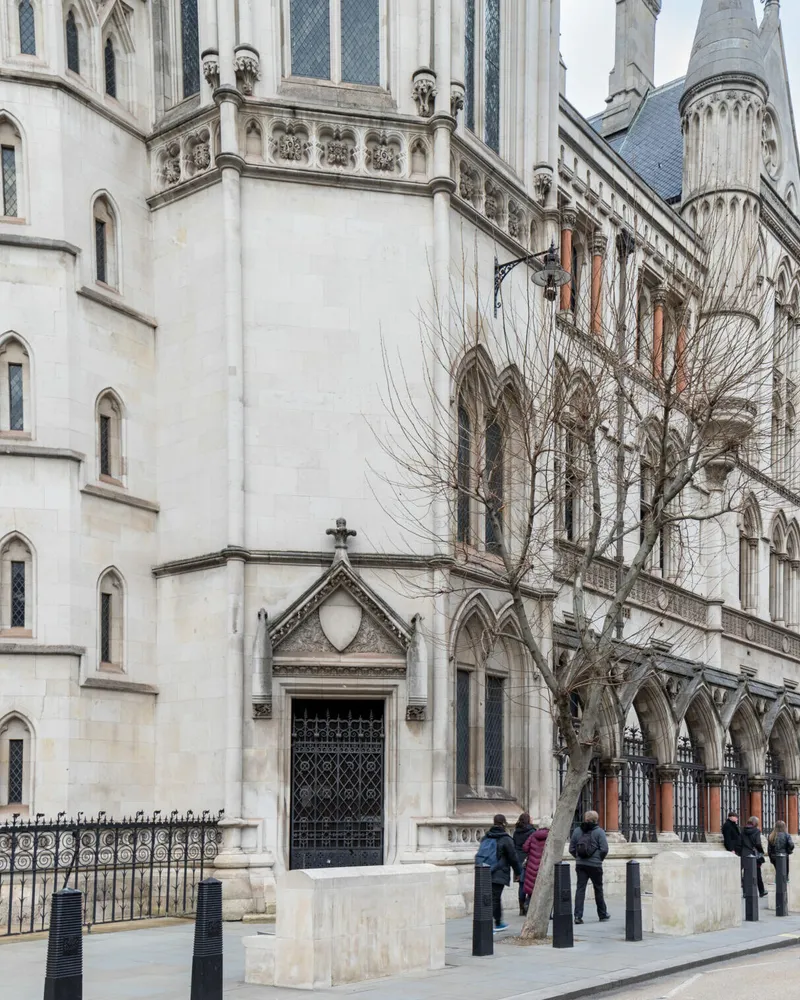

The artwork, which was painted on the Queen’s Building on Carey Street, depicted a fallen protester clutching a blood-streaked placard as a judge in traditional wig and robes loomed over him, wielding a gavel. The image immediately drew crowds of onlookers and widespread speculation over its meaning.
Banksy confirmed authorship with a post on Instagram showing the work before it was concealed. The mural had been covered intermittently since it appeared on Monday and was closely monitored by security.
HM Courts and Tribunals Service later confirmed that the artwork would be removed. A spokesperson said the Royal Courts of Justice is a listed building and that the agency is "obliged to maintain its original character."
The mural’s sudden removal has reignited the long-running debate over street art, public expression and the legal limits of heritage preservation. While the work makes no explicit reference to any specific incident or legal issue, its imagery, placing a protester at the mercy of the judicial system, was widely interpreted as a commentary on the state of protest rights in the UK.
Its timing raised further questions. Just 48 hours earlier, nearly 900 demonstrators were arrested at a protest in London linked to the recently proscribed activist group Palestine Action. The group was banned in July after being designated a terrorist organisation for damaging military assets, including RAF aircraft.
Although Banksy’s mural avoids any direct political reference, the juxtaposition of protest and judicial power was enough to draw commentary.
Baroness Harriet Harman, Labour peer and former solicitor general, offered her interpretation:
“It looked to me like a protest about the law,” she said, though she stopped short of tying the mural to any particular piece of legislation.
“Parliament makes the law, and the judges simply interpret the law. I don’t think there’s any evidence, in terms of the right to protest, that judges have been clamping down on protests beyond what Parliament intended.”
On Monday, the area was transformed as crowds gathered to view — or photograph — the newly adorned wall. By the afternoon, however, the mural had been hidden beneath a patch of grey.
As a listed structure, the Royal Courts of Justice falls under strict planning protections that limit any alteration to the building’s façade — even by an internationally renowned artist.
The incident is only the latest in a long line of Banksy works to be disputed, protected, vandalised or removed. Over the years, his murals have sparked debates on ownership, artistic merit, and whether unauthorised art can ever be truly preserved.






It’s a shocking statistic that everyone who cares about the people in our profession – and the future of the Bar...